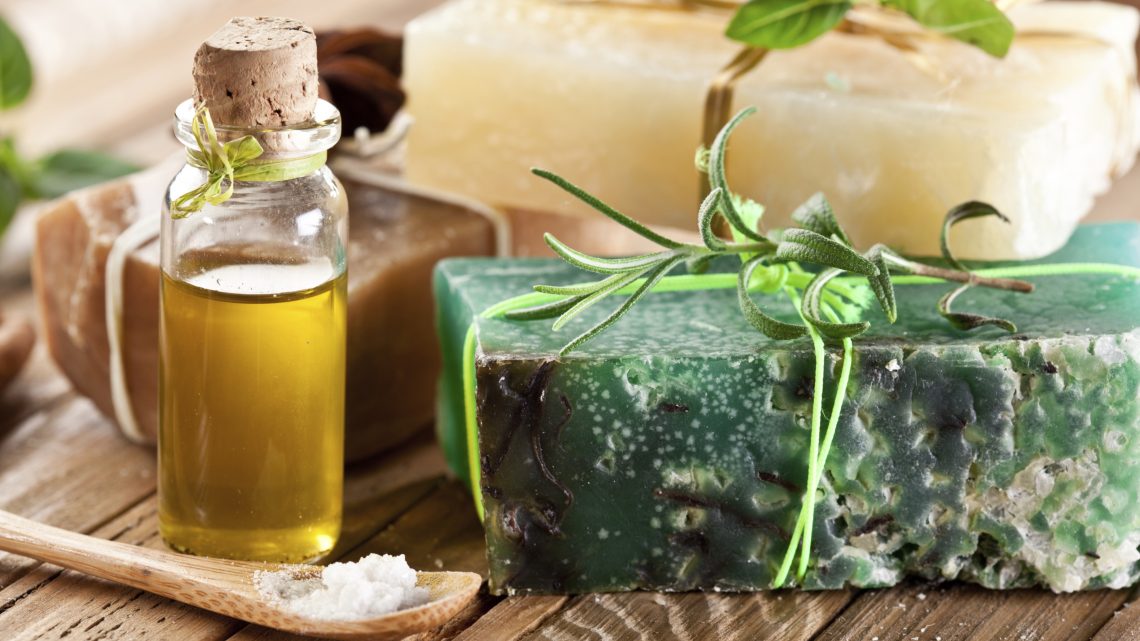In the quest for optimal health, most of us are choosing carefully what we put into our mouths. But are we being smart about what we put on our mouths (and skin and hair)? According to a recent article in delicious living magazine, American women apply an average of 12 beauty/personal care products each day for a combined average total of 126 different chemicals.
Bad News
Unfortunately, many of these chemicals have potential health risks. Mia Davis, organizing director of The Campaign for Safe Cosmetics, says that even innocuous-sounding ingredients like fragrance can be “a cocktail of chemicals that are either toxic or have never been tested for safety. There can be hundreds of chemical ingredients in one fragrance.”
Under current law, it is legal for cosmetics—including everyday products like shampoo, soap, lotion, bubble bath, aftershave and makeup—to contain chemicals linked to cancer, reproductive harm and other adverse health impacts.
Good News
While no one wants to learn that their trusted personal care products are made with hazardous chemicals, the good news is that safer alternatives are available. The Campaign for Safe Cosmetics, a project of the Breast Cancer Fund, is a national coalition launched in 2004 to protect the health of consumers, workers and the environment by securing the necessary market-based and legislative reforms to eliminate dangerous chemicals from cosmetics and personal care products. The campaign’s mission is to bring about common-sense reforms that stimulate green chemistry solutions and safer alternatives to toxic chemicals in cosmetics.
More Good News
According to Nutritional Products International, the organic personal care market is steadily climbing and expected to hit $25 billion by 2025, with even greater growth expected for the future. What’s behind this boost in awareness of nutricosmetics? It’s largely education efforts from nonprofits such as the Campaign for Safe Cosmetics, along with new certifications and stricter retailer standards. Consumers are becoming more aware of the ingredients in the many products lining their bathroom shelves.
In fact, the collective voices of concerned customers, often led by moms seeking safer options for their kids, have made natural and organic personal care the fastest-growing segment of the overall personal care industry.
Taking Action
Here are three specific ways (condensed from safecosmetics.org) you can reduce toxic exposure:
1. Simplify. Choose products with shorter ingredient lists and fewer synthetic chemicals. Avoid products with synthetic “fragrance” on the label and use fewer products overall. Ask yourself if you really need that product and all those extra chemical exposures.
2. Research Products. Since the beauty industry is largely unregulated, it’s up to us to do our own research to find the safest products. There are no legal standards for personal care products labeled as “pure,” “natural” or “organic,” so look beyond the marketing claims and read labels carefully. You can also use the Environmental Working Group’s Skin Deep database to assess your favorite products for toxicity.
3. Get Involved. While it’s possible – and relatively easy – to reduce toxic exposures in your home by buying safer products, it’s not possible to just shop our way out of this problem. Even if they’re not in our homes, toxic chemicals can still end up in our air and drinking water, and in the homes (and beauty salons) of people who are not using safe products.
During The Salon Week of Action in 2012 representatives from the National Healthy Nail and Beauty Salon Alliance and the Campaign for Safe Cosmetics traveled to Washington, D.C. to meet with policymakers (for the first time ever), lobbying for passage of the Safe Cosmetics Act. This would have raised health standards, closed labeling loopholes, and given the FDA mandatory recall authority to ban and remove dangerous products. Unfortunately, according to congress.gov the bill was referred to a subcommittee in 2013.
To learn more about current legislation and how you can contact your elected officials, visit safecosmetics.org.








